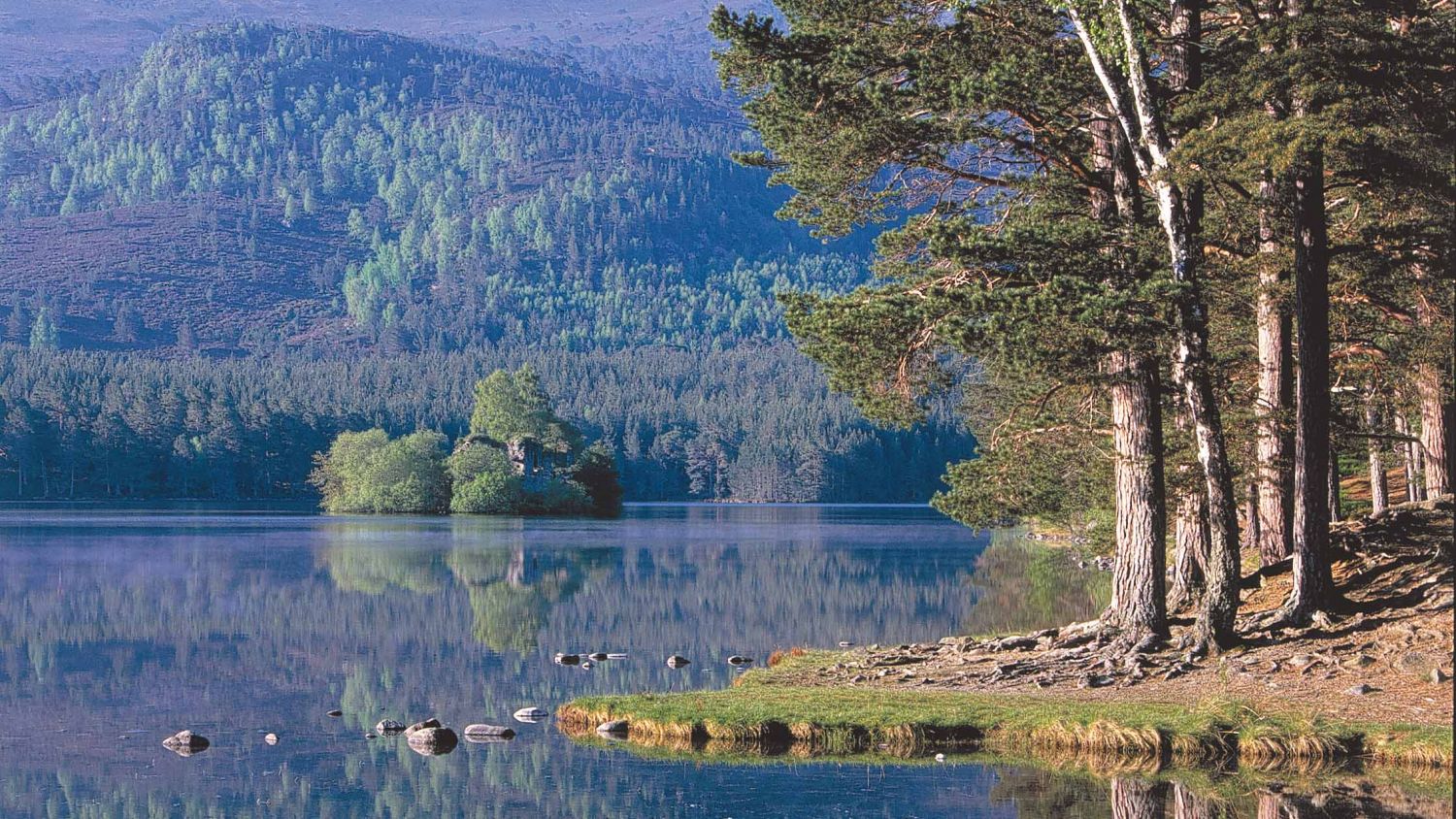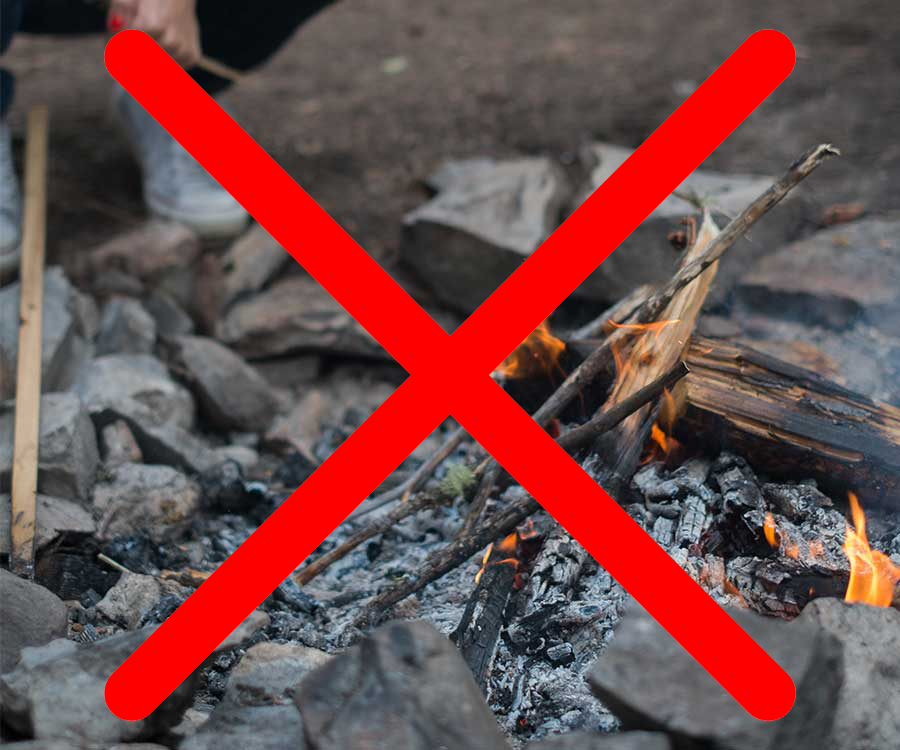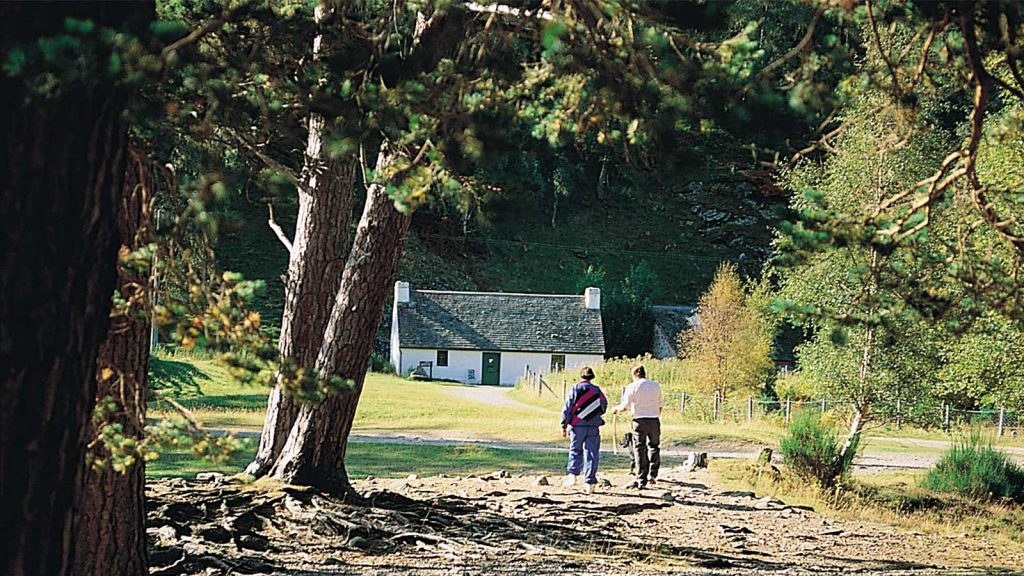ITS HISTORY

Very little written material exists about the construction of the island castle, though informed opinion dates its origin back to the late 14th century. It was built as a place of safety against marauding clan war bands, who used the so-called ‘Thieves’ Road’ along the eastern shores of the loch to descend on Strathspey in search of plunder. Modern examination of the stonework indicates the original basic stronghold was added to in later centuries until it gradually fell into disuse in the late 1700s. Repairs to shore up crumbling masonry were carried out in the 1800s.
The castle has had its share of excitement. In 1644, the shores of the loch echoed to the tramp of soldiers on the march. James Graham, Marquis Montrose, a supporter of King Charles I during the English Civil War, led his army this way during one of his epic forced marches across Scotland.
In 1690, a Jacobite army was routed by Government forces at the Battle of Cromdale. Jacobite survivors retreated by way of Aviemore and briefly attacked Loch an Eilein castle, at the time occupied mainly by the women, children and old folk of Rothiemurchus. One account of the attack had the Laird’s wife, Grizel Mor (Big Grace), casting lead musket balls for the defenders and shouting choice abuse at the enemy.
Legend has it that a zigzag underwater causeway linked castle island and shore, but no evidence has ever been found. The loch water level was increased in the 1700s by building a dam and sluice at the north end so that felled timber logs could be floated down a flooded stream to the River Spey. Elizabeth Grant describes this activity in her book, ‘Memoirs of a Highland Lady’. In the same book, set in the early 1800s, she also writes that Ospreys (‘fish eagles’) nested on the castle battlements. There are accounts of Victorian egg thieves on occasion swimming out to rob nests, though Grant lairds at the time tried to prevent this. In recent times the castle featured as the island graveyard in series 1 of BBC TV’s ‘Monarch of the Glen’.





